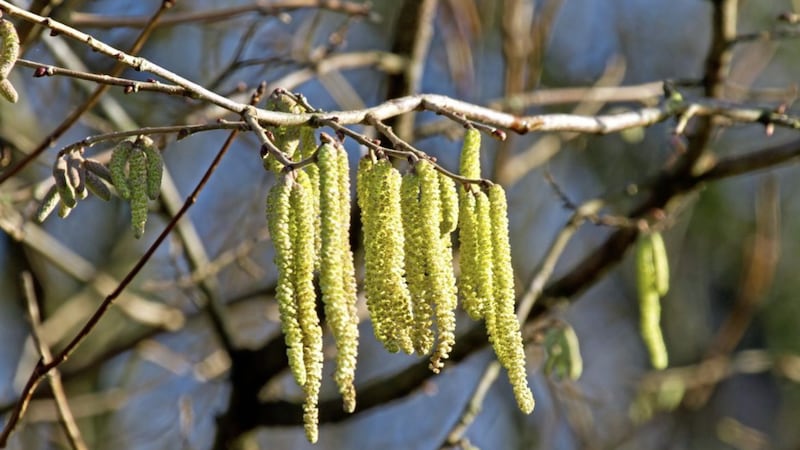THE Christmas build-up is still going on among humans, but in the natural world the signs of spring are already appearing, according to data from the Woodland Trust.
Some five reports of hazel catkins have been submitted to the Trust's Nature's Calendar scheme, which asks the public to track the signs of the changing seasons.
The first report, from Southampton, on October 27, was the earliest recording of catkin appearance since the year 2000 and four months before the average date for hazel flowering of March 2.
There has also been a recording of elder bud burst – when the tree's new leaves first begin to appear – in Cardiff, on December 16, another sign of spring appearing months ahead of its average date of March 19.
Last year, these key signs of spring were both early, with 2017's average date for hazel catkins being seen was February 1 and the average for elder bud burst was February 21, the Woodland Trust data shows.
Although this year's early spring appearances are "small anomalies", they are a reminder the seasons in Britain and Ireland are not as uniform as they used to be, the Trust said.
The charity urged people to send in records of the season to Nature's Calendar to help track how plants and animals are adapting to a changing climate.
:: People can take part in recording the signs of the seasons in the new year at: naturescalendar.woodlandtrust.org.uk
Backpacks for birds
MINIATURE "bird backpacks" could help reveal how wild birds move around offshore wind farms. The technology is among suggestions put forward on behalf of offshore wind farms to come up with more reliable and robust tags to monitor sea birds.
The tags have to weigh no more than 3 per dent of the bird's body weight, have a battery capable of lasting for 12 months, be able to withstand attacks and offer a quick-release mechanism to prevent snagging.
Proposals include a bird backpack with solar-powered GPS systems, and tags which attach to the tail feathers.
EDP Renewables, which is developing a windfarm in Scotland's Moray Firth, said the aim was "to gain a greater insight into bird and coastal species behaviour, which will better inform the planning, consenting and operational stage of an offshore wind farm development".




